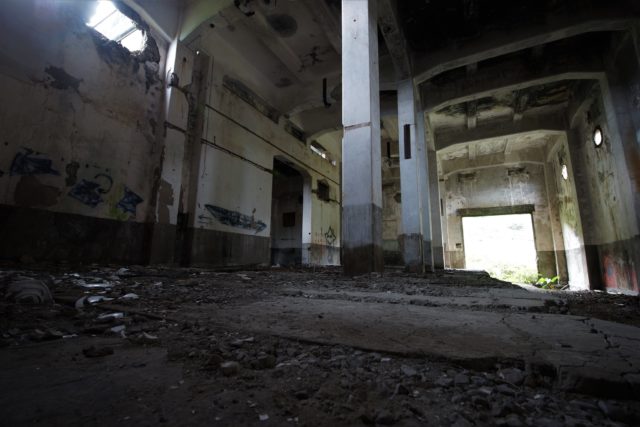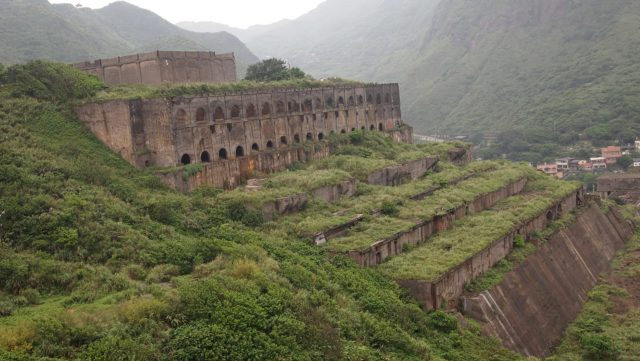In the early 1930s, the Shuinandong Smelter was built near Lianxin Village, New Taipei, in Taiwan. The area had grown prosperous in the gold rush of the 1950s.
Situated at the foot of the Jinguashi mine, the huge complex was constructed to sort and smelt the large amounts of gold and copper ore that were obtained from the mines at Jinguashi and Jiufen.
This plant was built during the Japanese Colonial Era when Taiwan belonged to Japan. At that time, the plant was the largest complex in Asia. The ore was cleaned and sorted daily across the different levels of the building.
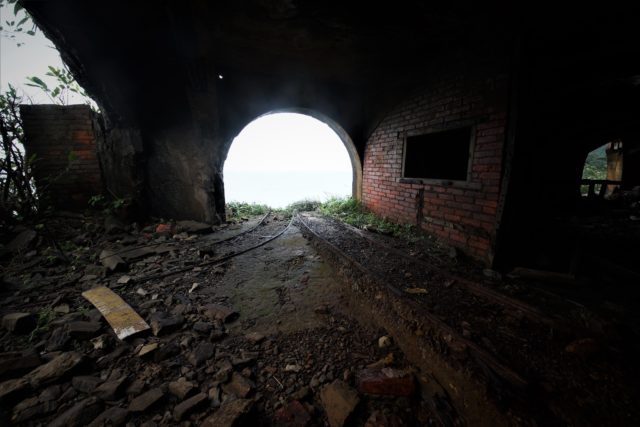
The smelter was actually built into the hillside itself. It was of such a grand design that it was also named the Potala Palace of Mountain Mines.
Due to its multi-level design, after it was abandoned, the plant also became known as “The Remains of the 13 Levels,” although those who are counting will notice that there are actually 18 levels.
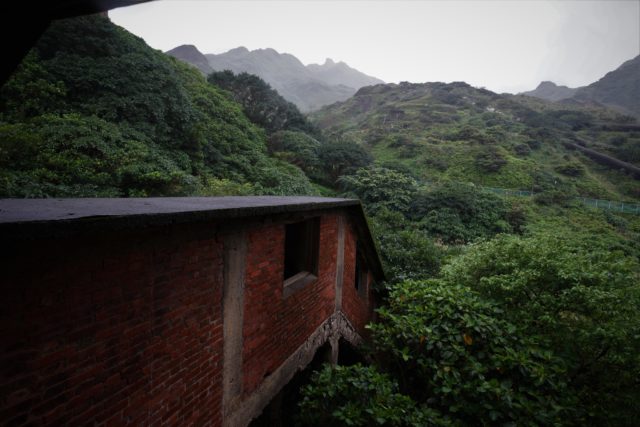
After the end of World War II and following Japan’s surrender, Taiwan was transferred to the Republic of China in 1945. At that point, the plant was transferred to a state-run company. A year later, the Taiwan Gold and Copper Bureau was established to oversee the mining industry.
By the beginning of the 1970s, the natural resources of gold in the area had been virtually exhausted. Although the company tried to exclusively mine copper ore instead, that business swiftly became unprofitable when copper extraction and purification costs rose too high.
All of this led to the cessation of the plant’s activities and the closure of the complex in the 1980s.
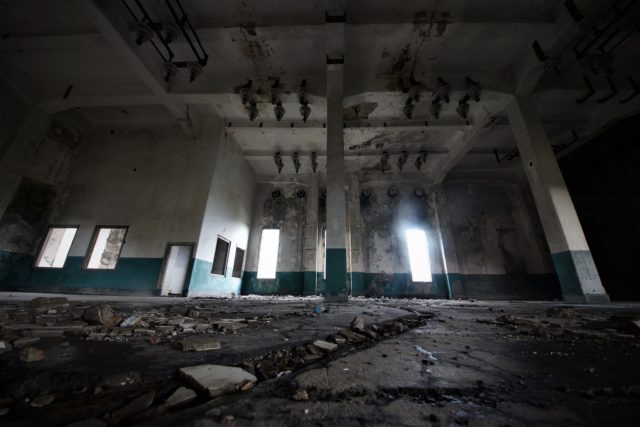
The huge factory was abandoned and left to nature. The dramatic location made the Shuinandong Smelter appear even more impressive and mysterious, and it drew many visitors and urban explorers.
A full exploration of the entire plant can take several hours. As well as the fact that the complex itself is huge, the interior is somewhat like a maze as well.
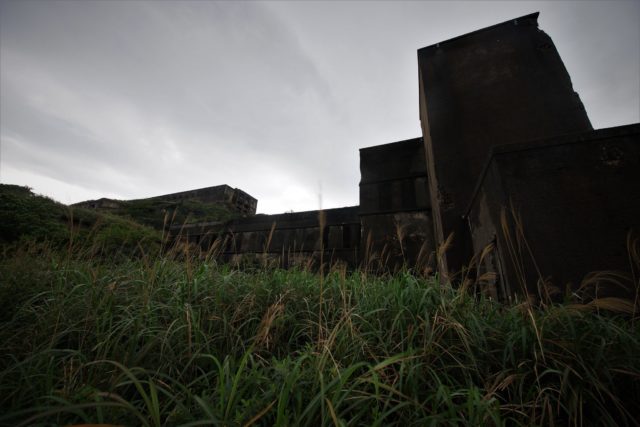
Interestingly, the former Shuinandong smelting plant boasts the longest pipeline ventilation system in the world. Ventilation was necessary at the plant to transport the toxic exhaust fumes and release them somewhere away from the inhabited villages.
The pipes run up the hillside for about two kilometers (just over a mile) and measure two meters wide (six and a half feet).
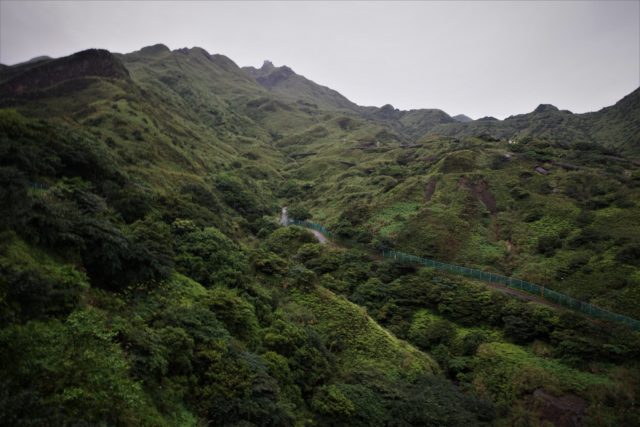
Wandering around, visitors can easily imagine those hedonistic days of the goldrush. However, there are suggestions that in 2020, tall fences have been erected which might prevent access.
This spectacular location has been used as a backdrop to several music videos and in September 2019, the whole of the Remains of the 13 Levels was illuminated each night by amber lights as part of the Mid-Autumn Festival.
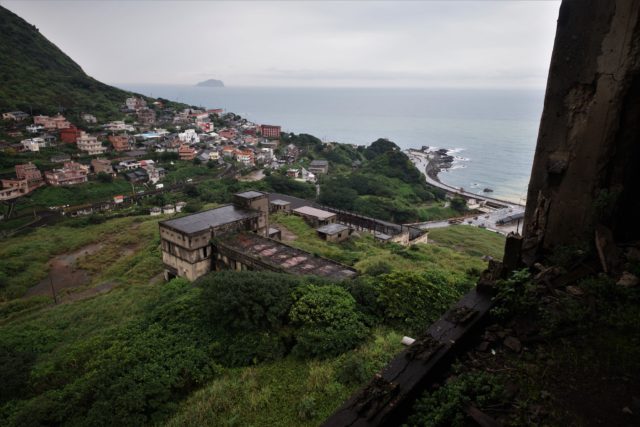
The idea behind this art project was to remind people of the splendor and beauty that this area had enjoyed in the gold rush era. World-class lighting artist Chou Lien joined forces with artist Joyce Ho to turn the Remains of the 13 Levels into a nightly art installation.
A huge thank you to the True British Metal photographer who has kindly given us permission to use his photographs of the Remains of the 13 Levels in Taiwan. He has been an urban explorer for more than ten years and he shares amazing photos of abandoned places on his Flickr account which you can check out via this link.
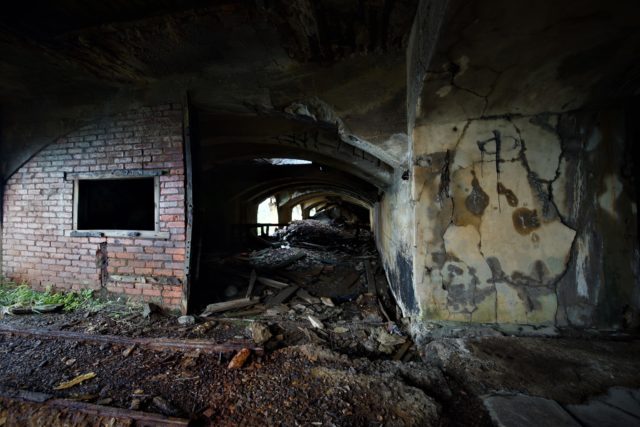
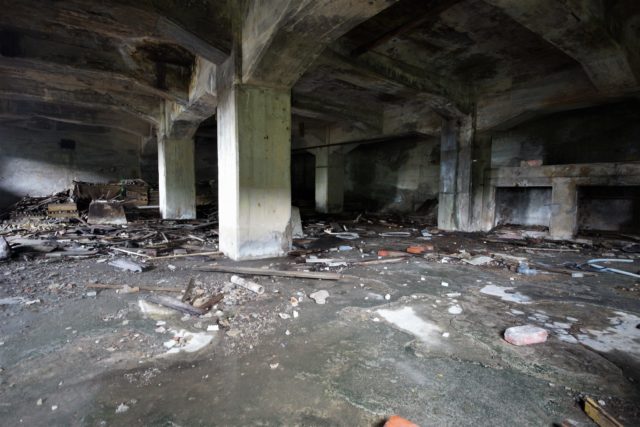
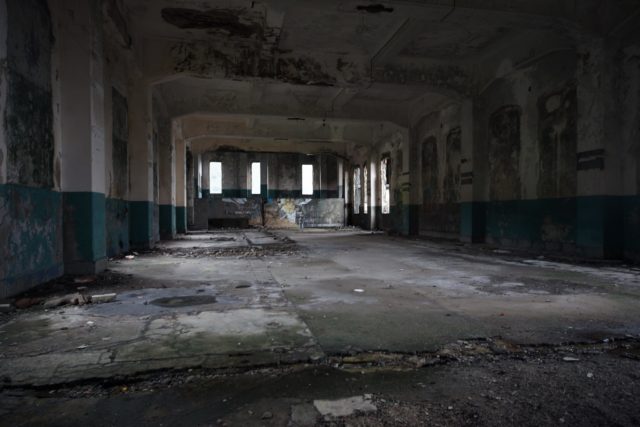
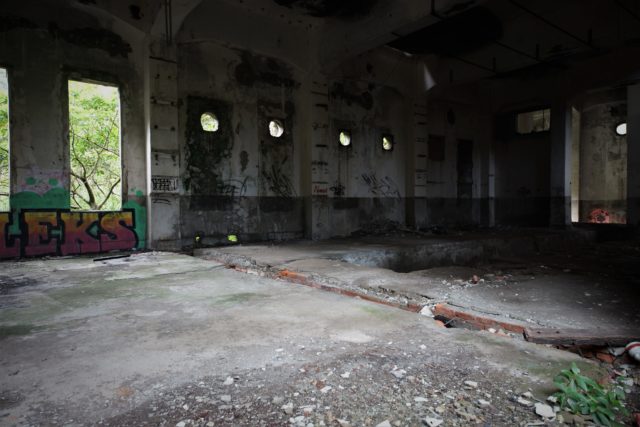
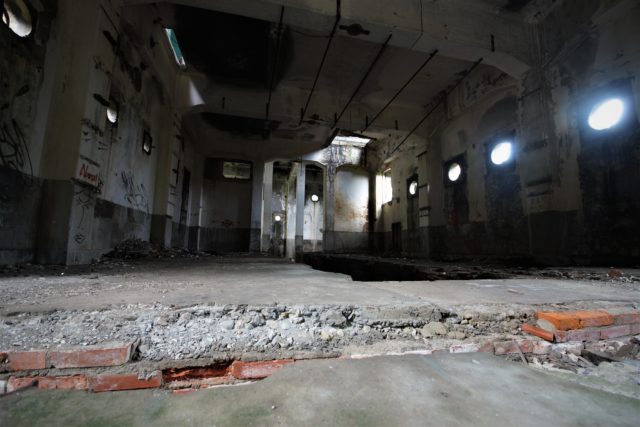
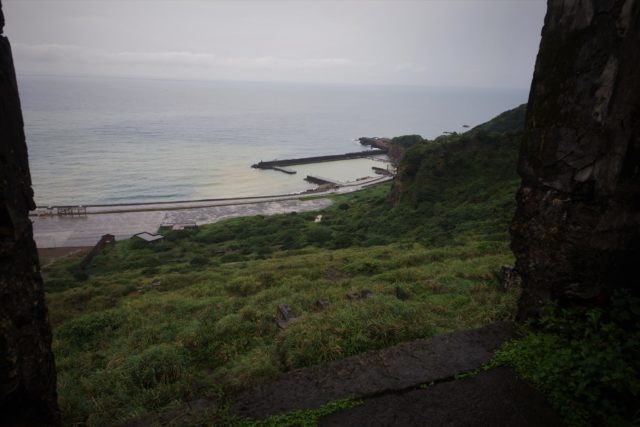
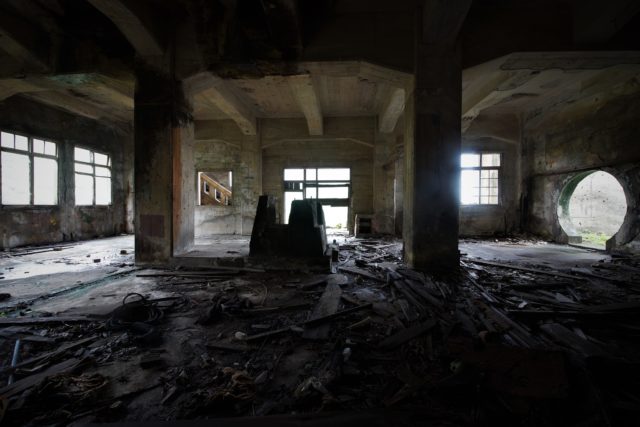
An Abandoned Soviet Nuclear Missile Base
